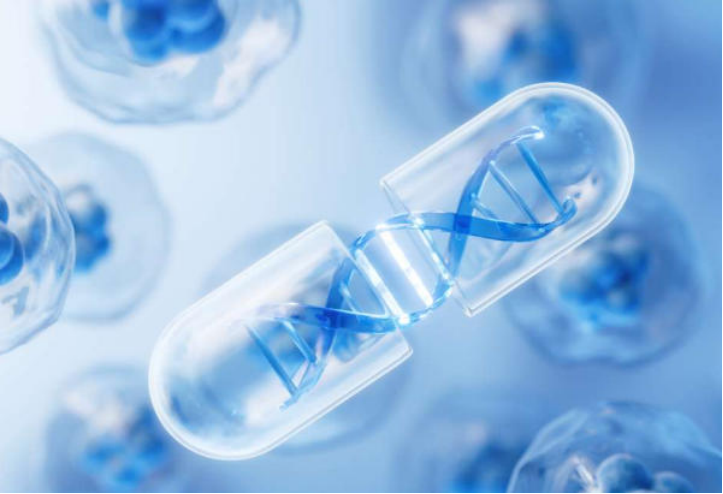Radiolabelled ADME studies give drug developers a deeper view of how compounds move, transform, and clear within the body. By tracing labeled molecules, teams gain reliable data on exposure, distribution, and elimination. These insights support smarter decisions in DMPK programs and reduce uncertainty during development. As technology advances, radiolabelled studies continue to provide unmatched clarity for complex metabolic behavior.

Overview of Radiolabelled ADME in DMPK Research
How Radiolabeling Enhances Tracking of Drug Fate
Radiolabeling incorporates isotopes into drug molecules, allowing precise tracking through biological systems. This approach reveals absorption, distribution, metabolism, and excretion with high sensitivity. Scientists follow each labeled fragment to understand the complete fate of the drug. Radiolabeling provides accurate, quantitative data that helps uncover pathways and assess how the body processes both parent compounds and metabolites.
Key Advantages Over Traditional ADME Methods
Radiolabelled ADME studies detect analytes at very low levels, surpassing the limitations of standard analytical methods. They provide full mass balance data, reveal minor metabolites, and capture elusive elimination routes. Traditional methods may miss low-abundance components, but radiolabeling ensures comprehensive coverage. This enhanced visibility strengthens development decisions and improves the reliability of DMPK assessments across drug programs.
Common Isotopes and Their Scientific Roles
Carbon-14 and tritium are the most commonly used isotopes in radiolabelled ADME studies. Carbon-14 offers stability and clear detection for mass balance and metabolic profiling. Tritium supports high-sensitivity studies but requires careful placement due to potential exchange. These isotopes allow researchers to trace molecular transformations and understand how structural changes affect metabolic behavior and elimination.
Modern Techniques Transforming Radiolabelled ADME
Improved Detection Platforms for Low-Level Metabolites
New detection platforms enhance sensitivity and resolution for identifying low-level metabolites. Advanced liquid scintillation counting, accelerator mass spectrometry, and high-resolution chromatography allow precise measurement even at extremely low concentrations. These technologies help researchers detect metabolites that previously remained hidden, improving understanding of metabolic diversity and ensuring complete datasets for development and regulatory evaluation.
Enhanced Quantitative Approaches in Tissue Distribution
Modern quantitative whole-body autoradiography and micro-autoradiography provide detailed spatial mapping of drug distribution. These techniques reveal exposure in specific tissues, including areas difficult to sample directly. Enhanced quantification helps developers understand target engagement, off-target exposure, and accumulation risks. Precise distribution data support safer design choices and improve confidence in a compound’s pharmacokinetic and safety profile.

Integration of Radiolabelled Data With Modeling Tools
Modeling tools now integrate radiolabelled ADME data to refine predictions of human PK and tissue exposure. These models combine experimental results with simulation algorithms to estimate clearance, half-life, and metabolite profiles. Integration enables developers to anticipate clinical outcomes more accurately and adjust strategies early. This synergy strengthens decision-making and improves the efficiency of DMPK programs.
DMPK Insights Gained Through Radiolabelled Studies
Understanding Metabolic Pathways With Greater Clarity
Radiolabelled studies map complete metabolic pathways by tracking labeled fragments through each transformation step. This clarity helps scientists identify major and minor routes, characterize enzyme involvement, and predict species differences. Understanding pathways early supports safer molecule selection and reduces surprises during clinical evaluation. These insights strengthen the foundation for metabolic risk assessment and regulatory readiness.
Identifying Elimination Routes and Mass Balance Profiles
Mass balance studies quantify how much of the administered dose is recovered in urine, feces, or exhaled air. Radiolabeling ensures accurate recovery measurements and reveals primary elimination routes. These insights guide expectations for human clearance, potential drug-drug interactions, and formulation needs. Reliable mass balance profiles are essential for regulatory submissions and informed risk assessment.
Evaluating Exposure in Hard-to-Reach Tissues
Some tissues, such as the brain or certain organs, are challenging to sample directly. Radiolabelled studies overcome this limitation by using imaging and autoradiography to visualize distribution. These techniques provide crucial exposure data that guides safety evaluations and target engagement studies. Understanding tissue-specific behavior supports better dosing decisions and highlights potential areas of concern early in development.
Application of Radiolabelled ADME in Drug Development
Supporting Candidate Optimization With Reliable Data
Radiolabelled ADME results highlight metabolic liabilities, accumulation risks, and clearance bottlenecks. This reliable data helps teams optimize chemical structures, refine formulation strategies, and improve overall drug performance. Early identification of issues prevents costly failures later in development. Candidates that progress with strong ADME profiles have a higher likelihood of success in clinical evaluation.
Reducing Risks Through Early Mechanistic Understanding
Mechanistic clarity reduces uncertainty. Radiolabelled studies reveal why certain metabolites form, how tissues accumulate drug fragments, and where clearance slows. Early understanding guides targeted modifications and risk-mitigation plans. This approach prevents unexpected findings during late-stage testing and strengthens confidence in safety margins. Early insights also support better communication with regulatory agencies.
Enabling Regulatory-Ready Evidence for Safety Packages
Regulatory agencies require comprehensive metabolism and mass balance data for new drugs. Radiolabelled ADME studies provide high-quality evidence that meets global expectations. Robust datasets help demonstrate complete elimination pathways, metabolite characterization, and tissue exposure patterns. This regulatory-ready information supports smooth submissions and strengthens the credibility of safety packages across markets.
Conclusion
Radiolabelled ADME advances offer unmatched clarity for understanding metabolism, distribution, and elimination. These insights strengthen dmpk strategies, improve modeling accuracy, and support safer drug design. Modern tools enhance sensitivity, quantify tissue exposure, and provide data essential for regulatory success. By integrating radiolabelled findings into development, teams make faster, more informed decisions that improve drug candidates and reduce project risks.
